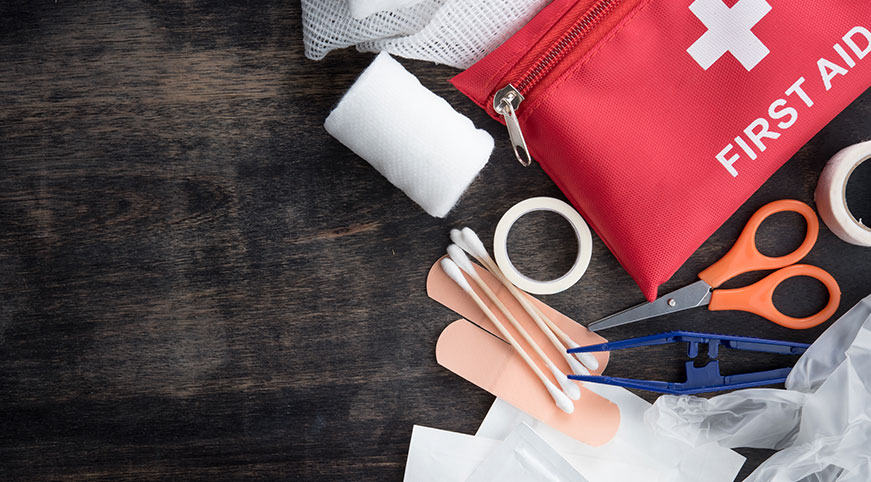Posted by Thomas L. Horowitz, D.O.
Disasters often catch us by surprise. They can throw our lives out of whack for days or even weeks. Even though they often can’t be predicted, their negative impact can be reduced by having a strong emergency preparedness plan in place. It is important to think, prepare and make quick decisions!
Emergency preparedness involves three key aspects:
1. Communication: Before an emergency strikes, it is important to establish a point person that lives outside your city—a relative or friend—who can help communicate between you and your family since local phone lines are often full. Every family member should keep an emergency contact list handy at all times.
2. Alternate meeting locations: Establish alternate meeting locations, such as a relative or friends’ house that is outside the impacted area. Let every member know and provide them with address and contact information. Plan a fun “pop quiz” drills for your family to establish a routine.
3. Emergency kit: When you think of an emergency kit, imagine your camping gear with a week’s worth of supply kit. Whether at home or outdoors, in a car or at work, it is necessary to keep an emergency kit packed with basic everyday necessities, such as the first-aid supplies, food, water, clothes and other items like a communication device/phone, flash light, duct tape, sleeping bags, etc. You can find a detailed list of emergency supply items.
- Sterile gloves
- Sterile dressings
- Antibiotic towelettes
- Antibiotic ointment
- Adhesive bandages of various size
- Thermometer
- Prescription medications
- Medical supplies such as Epi-pen, blood pressure monitoring equipment, etc.
- Non-prescription medicines such as pain relievers, antacids, etc.
Source: California Dept. of Public Health & CHA HPMC
- Water for a week
- Non-perishable canned food for a week
- Auxiliary/portable battery to charge communication and mobile devices
- Children’s supplies such as formula and diapers
- Hard hats to protect head
- Sleeping bags
- Blankets
- Emergency sanitation kit such as moist towelettes
- Clothes, including rain gear, long pants and long sleeve shirts
- Sunscreen
- Scissors
- Sturdy shoes
- Flashlight
- Pliers
- Duct tape
- Tent
Source: California Dept. of Public Health & CHA HPMC
Emergency plans should be made in advance. It’s also a good idea to run regular drills to ensure that everyone is well prepared and knows what to do in the event of an emergency. You can also go the extra mile by enrolling in special first-aid classes, such as Cardiopulmonary Resuscitation (CPR) provided by the Red Cross. Disasters can happen any time, so prepping ahead of time can help save the day!
Airway – Clear any obstructions to the airway and open it by gently lifting the chin and slowly pushing down the forehead. Check if the person is breathing by listening to the sound and noticing chest movements.
Breathing – If the person is not breathing, attempt to rescue breathing using mouth-to-mouth technique.
Compression – Give chest compression by pressing hard and fast on the center of the person’s chest.
Source: American Red Cross
 ENGLISH
ENGLISH KOREAN
KOREAN Spanish
Spanish RUSSIAN
RUSSIAN Armenian
Armenian FILIPINO
FILIPINO Chinese (Simplified)
Chinese (Simplified) Chinese (Traditional)
Chinese (Traditional)


최신댓글